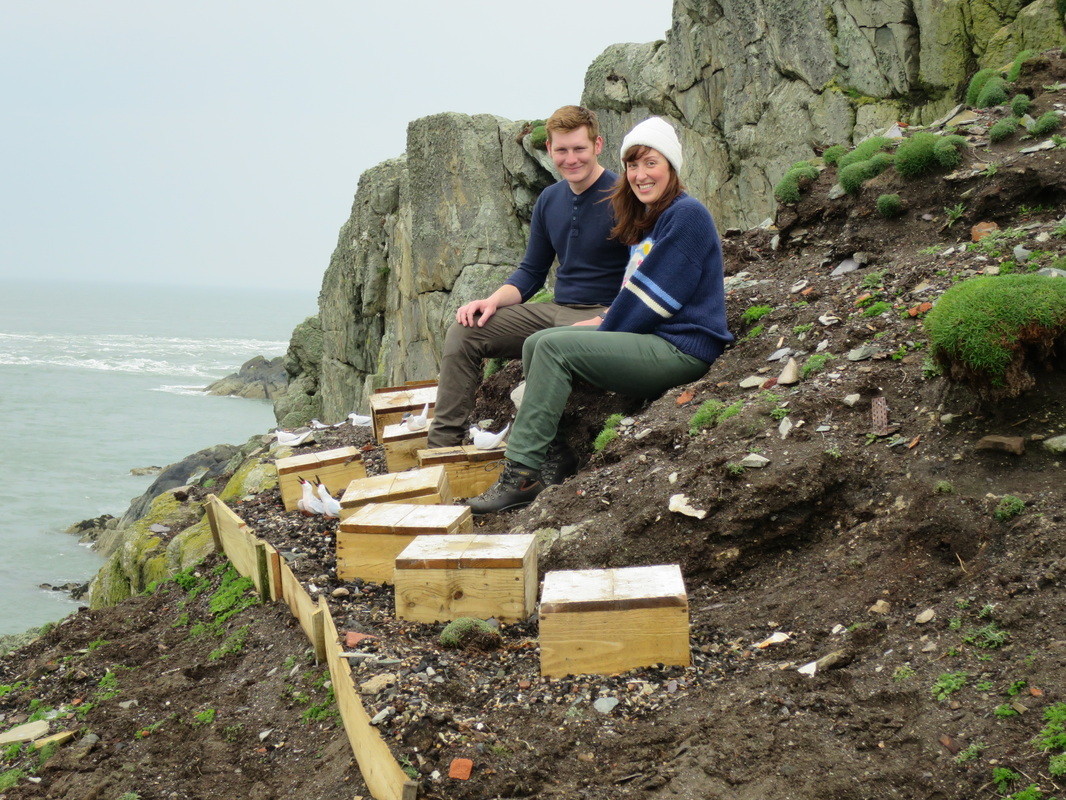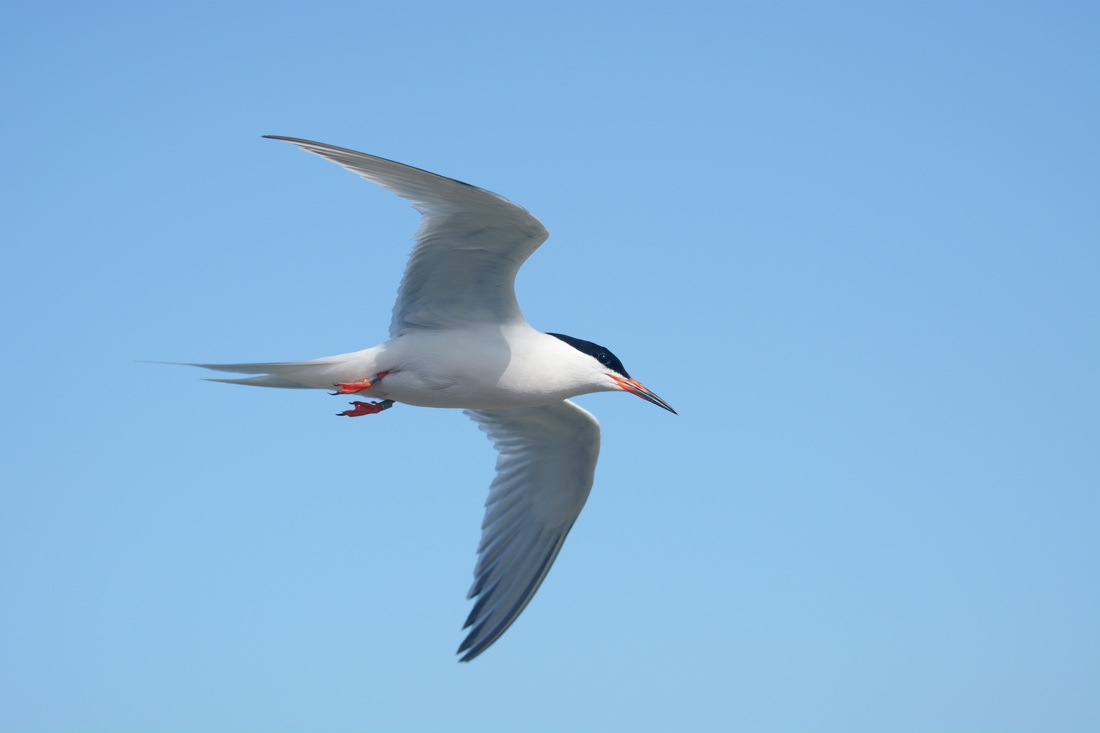|
For the first time in a decade, the rarest tern species in Wales and the UK, a pair of roseate terns attempted to breed on the Skerries!  The Skerries (c) Chris Gomersall (rspb-images.com) The Skerries (c) Chris Gomersall (rspb-images.com) The Skerries are a group of small rocky islets which lie just off the northwest corner of Anglesey, Wales. Due to its sparse vegetation and rough terrain, it is inhospitable to humans; however the islands are an important sanctuary for breeding seabirds. The Skerries are particularly significant for breeding terns, supporting the largest Arctic tern colony in the UK with 3816 pairs along with 290 pairs of common terns in 2016. During the summer it is also home to breeding puffins, herring gulls, lesser and great black-backed gulls. However, the Isle of Anglesey also supported another species of tern known as the rarest breeding seabird in the UK. There were only 106 breeding pairs in 2016. Roseate terns (Sterna dougallii) with their incredibly pale plumage with slight rosy flush and long tail streamers are considered the most elegant of the five British breeding terns. These endangered birds migrate each spring from the western Africa to breed at only a handful of colonies in the UK and Ireland. The RSPB have been working to protect the seabirds on the Skerries for many years and last year saw the launch of the ambitious EU-funded Roseate Tern LIFE Recovery Project which brings together conservationists from the RSPB, BirdWatch Ireland and North Wales Wildlife Trust to address issues affecting breeding success on the three main breeding colonies. The project is also focused on preparing and restoring several sites within the former range of the population across Scotland, England, Wales, Republic of Ireland and Northern Ireland in the hopes of re-establishing thriving colonies of the roseate tern.  Roseate tern decoys and nest boxes (c) Ian Sims Roseate tern decoys and nest boxes (c) Ian Sims As a result, the additional funding towards the Skerries tern colony provided a two week extension on the wardening season, along with newly designed nest boxes being placed strategically around the islands. The wardens also placed lures playing roseate tern calls and hand-made decoys with the aim of attracting passing roseate terns to the colony. The continued management of this site for these seabirds is done by two RSPB wardens who live on the island from May to August. Their accommodation is in the old keepers’ quarters in the lighthouse, and now boasts running water, electricity & hot shower thanks to improvements provided by Trinity House. The presence of the wardens has been a vital ingredient in the success of the colony over the years and by deterring predators, reducing human disturbance, providing nestboxes, managing vegetation (and monitoring all of it along the way!) they can greatly improve the chances of chicks surviving. The Skerries is a prime location as just across the Irish Sea is Rockabill, which hosts the largest colony of roseate terns in North West Europe with 1556 pairs. Nevertheless, the last time that a pure pair of roseate terns bred on the Skerries was in 2006. Whilst individual roseate terns have bred with common terns as hybrid pairs quite regularly in recent years, the wardens were delighted to find a pure pair of ‘rosies’ nesting in 2016, boosting hopes for the future of a roseate tern colony in Wales.
With the terns currently winging their way back from Africa, we await with eager breath to what the summer of 2017 will bring!
1 Comment
Tim Herbert
20/4/2017 10:30:40
Great news! I visited Coquet Island last year and Paul Morrison said that Coquet was the only UK nesting site for roseate terns.
Reply
Your comment will be posted after it is approved.
Leave a Reply. |
More Blogs to Read
AuthorThis blog is maintained by various people from the project team. Archives
August 2020
Categories
All
|
Roseate Tern LIFE Project is supported by the LIFE Programme of the European Union
LIFE14 NAT/UK/000394 ROSEATE TERN
LIFE14 NAT/UK/000394 ROSEATE TERN





 RSS Feed
RSS Feed